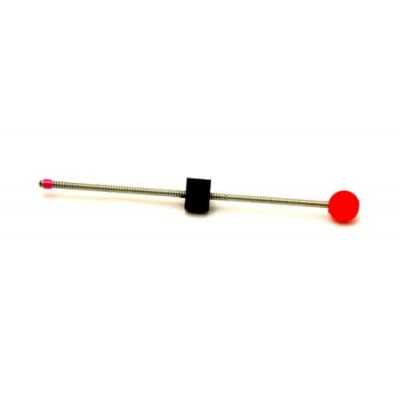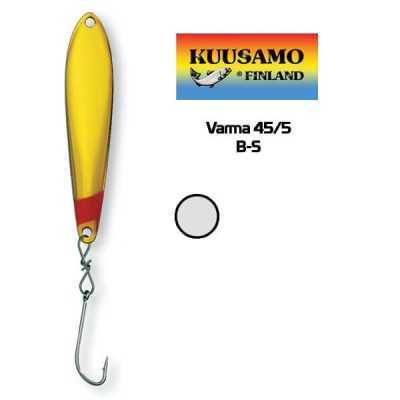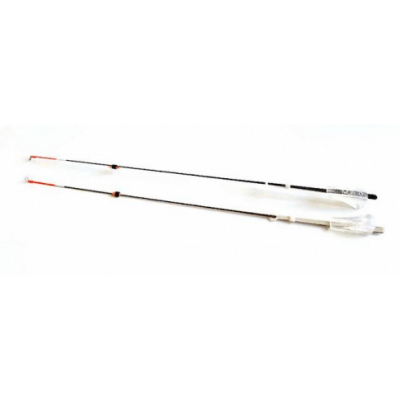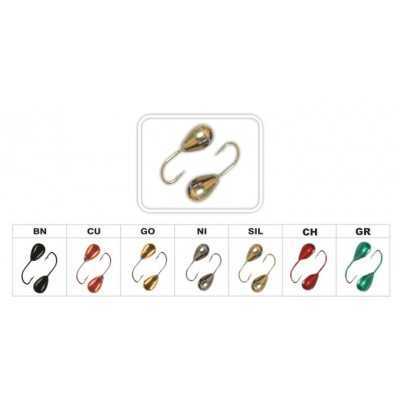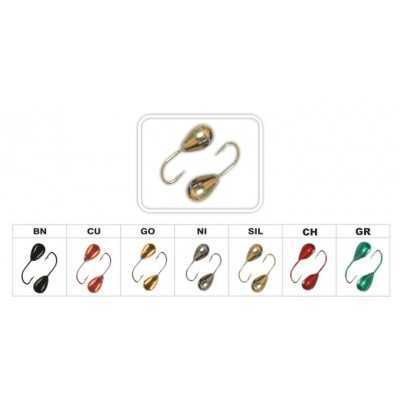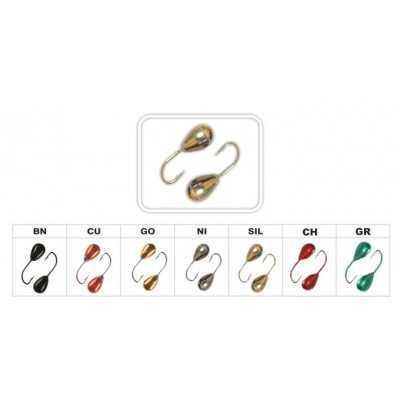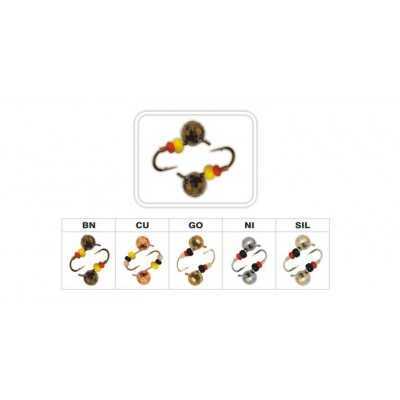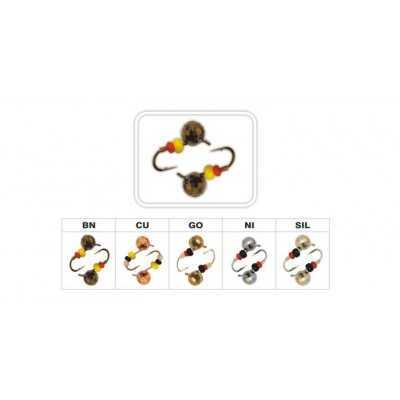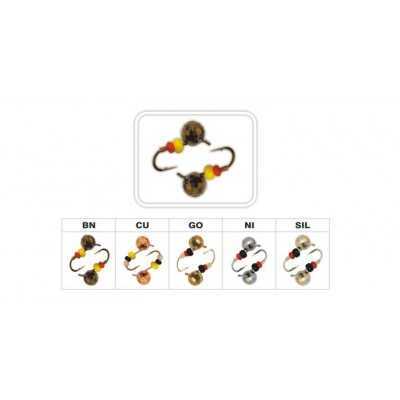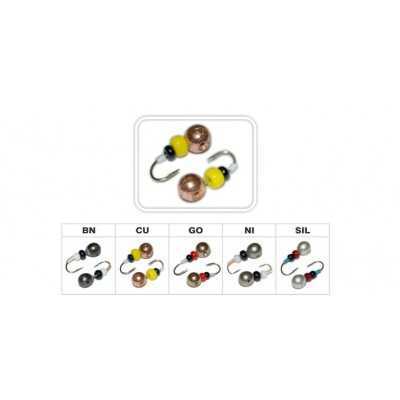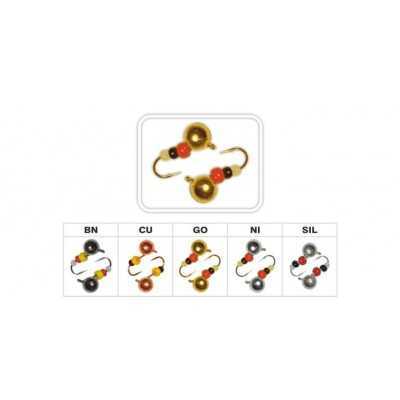Price €3.60
Winter fishing
Sort by:
Ice fishing: Tools and their use
Introduction to ice fishing
Ice fishing is a popular winter sport that offers anglers a unique experience on frozen lakes and rivers. Not only does it allow you to enjoy the outdoors in the winter, but it also provides a great way to be active outdoors. Ice fishing requires specific tools and skills to ensure success and safety. This article is therefore intended to give an overview of the main ice fishing tools, their uses and tips to help you choose the right tools for different situations.
Ice fishing gear is different from that used in conventional fishing. Due to the cold weather and the frozen surface of the water, fishermen need special equipment. For example, an ice drill is used to make holes in the ice, while special rods and reels are designed to fish through small gaps in the ice. In addition, the right choice of clothing is essential to avoid frostbite and ensure comfort throughout the fishing season.
One of the advantages of ice fishing is that it can be practised almost anywhere where the ice is thick enough. However, all safety rules must be observed to avoid accidents. This includes checking the thickness of the ice, choosing the right clothing and preparing all the necessary tools. Ice fishing not only provides the opportunity to catch a variety of fish, but also allows you to enjoy the tranquillity and beauty that winter nature offers.
Ice fishing gear
Ice fishing requires specific gear that helps anglers to operate efficiently and safely in ice conditions. One of the main tools is an ice drill. The drill allows a hole to be drilled in the ice through which fishing can take place. There are different types of ice drills: manual, electric and petrol. Hand drills are lighter and cheaper but require more physical strength. Electric and petrol drills are faster and easier to use, especially when more holes need to be drilled.
Another important tool for ice fishing is the fishing rod. Ice fishing rods are usually shorter than normal rods to make it easier to fish through the hole in the ice. They can be made of different materials such as fibreglass or carbon fibre and have different degrees of sensitivity depending on the fishing conditions and the species of fish.
Lures and hooks are also essential components of ice fishing. Lures can be natural, such as worms or pieces of fish, or artificial, made of plastic or metal. Hooks must be chosen according to the species of fish to be caught. Hooks can be single, double or triple, each with its own advantages and disadvantages.
In addition to the basic tools, various accessories are used in ice fishing. For example, ice spikes or hooks help to ensure safety on the ice, while boxes or rucksacks make it possible to store and transport gear comfortably. Electronic fishing aids such as fishfinders help to locate fish under the ice, increasing the likelihood of fishing success.
How to choose the right gear
Not all ice fishing gear is suitable for all situations, so it is important to know what type of fishing and conditions are best suited to certain gears. The first thing to consider is the experience of the angler. For beginners, it is recommended to choose simpler tools that are easy to use and do not require much technical knowledge. Simple winter rod sets or electric drills can be an excellent choice for beginners.
The fishing location also has a strong influence on the choice of gear. If you plan to fish on deep lakes, you will need longer and stronger rods that can reach greater depths. In contrast, shorter rods and lighter lures may be sufficient in shallow waters. Also pay attention to the thickness and quality of the ice; thick ice requires a stronger drill, while thinner ice can be drilled more easily with smaller and lighter tools.
The time of year and weather conditions can also influence your choice of tools. At the beginning of winter, when the ice is not yet very thick, it may be sufficient to use light drills and lighter lures. Later, as the ice becomes thicker and winter conditions become harsher, you may need more robust and reliable tools such as electric drills and specialised winter rod sets that can withstand colder temperatures and harsher conditions.
Finally, it is important to take into account the species of fish being caught. Different fish require different gear. For example, if you plan to fish for perch, you may need finer baits and more sensitive rods so that you can feel every bite. On the other hand, fishing for larger fish such as pike will require stronger and sturdier gear that can withstand more weight and resistance.
```html
Tips for ice fishing success
Successful ice fishing requires not only the right gear, but also certain knowledge and skills. Let's start with preparation - it's important to have your equipment well prepared and know how to use it. First of all, check your drill: it needs to be sharp and properly adjusted so that you can drill a hole in the ice quickly and efficiently. It is also important to have the right rods and reels for ice fishing.
There are a few key things to know in order to use the tools properly. For example, the rod should be held in such a way that every bite is felt. It is also important to use the right baits and to know how to present them properly to the fish. Different species of fish require different baits and fishing techniques, so it's a good idea to find out about the fish you're going to catch.
When it comes to ice fishing, it is important to know what mistakes to avoid. One of the most common mistakes is not being prepared enough. Make sure you have all the necessary equipment and spare parts before you go fishing. It is also important to keep an eye on the weather conditions and ice thickness - fishing on ice that is too thin is very dangerous.
The best times and places for ice fishing are also an important factor. Many fishermen consider early morning and late evening to be the best times to fish, as this is when the fish are most active. In terms of locations, it is a good idea to look for deeper water and places where there are plenty of food sources. It is also useful to use fishing maps and advice from other fishermen to find the best fishing spots.

